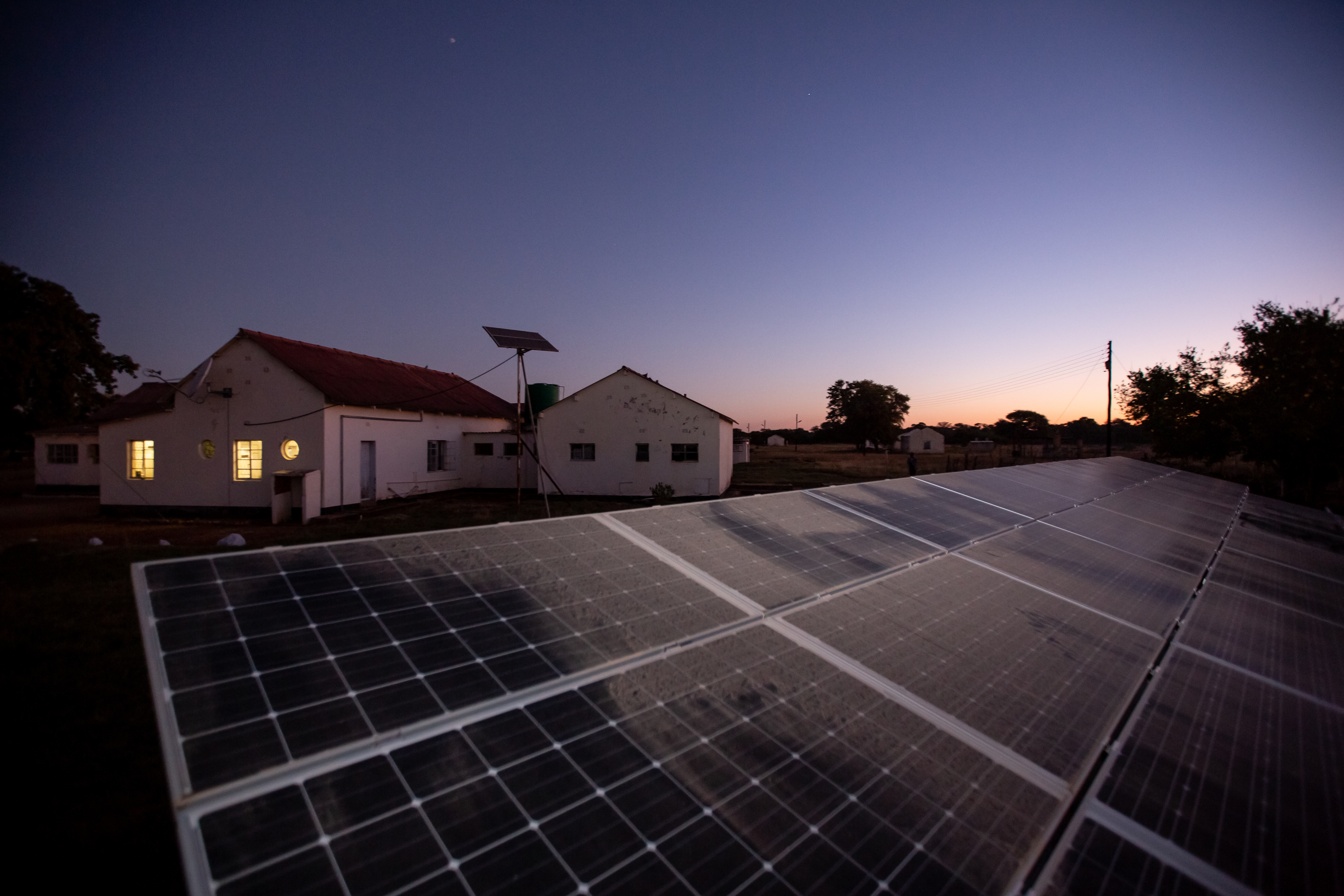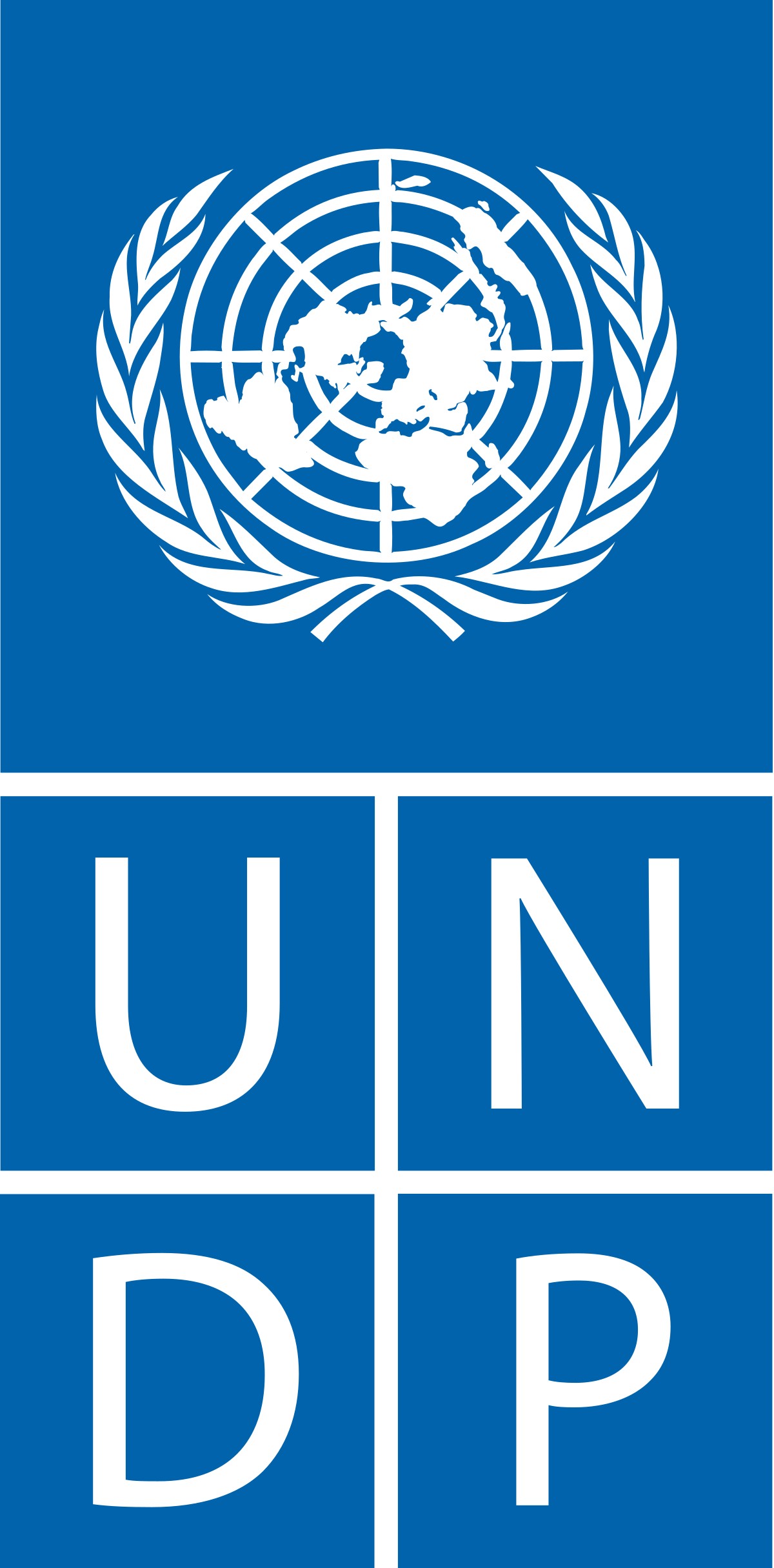Achieving Universal Electricity Access
Published on 05 December 2022
Overview
The United Nations Sustainable Development Goal (UN SDG) 7 aims to “ensure access to affordable, reliable, sustainable, and modern energy for all” in less than a decade. Despite significant progress in recent years, the world is falling short of meeting the global electricity targets set for 2030 (SDG 7.1).
By combining high-resolution data and economic modelling, this page presents tools that allows the identification of the electricity-deficit areas and the understanding of how universal access, in combination with an ambitious set of development interventions (SDG Push), can have powerful development impacts.
Why does electricity access matter?
Electricity access is at the heart of development, as highlighted by its inclusion in the SDGs – indicator 7.1.1. Inadequate access and availability of electricity aggravate poverty, health conditions, educational outcomes, inequality, and hampers government revenues.
To date, electrification has not yet reached 685 million people – meaning 1 out of 11 individuals worldwide – according to the latest SDG 7 Tracker Report. Those remaining unserved are largely the poor and rural dwellers in developing regions, in particular, Sub-Saharan Africa. Without transformative change, the world will not meet universal electricity access targets in less than 8 years.
Commitments to boost electricity access

In support of a coordinated effort to dramatically accelerate SDG7 action, the UN-Energy has launched the 'Energy Plan of Action Towards 2025'. Through scaling up collective action and collaboration with Member States and other stakeholders, it sets out critical milestones to be attained by 2025, such as providing electricity access to 500 million more people and annual investments in access to electricity increased to USD 35 billion. In this initiative, the UN will seek to strengthen synergies across the SDGs, taking advantage of the interlinkages of electricity with employment, health, education, climate-resilience, and others.
Work of UNDP and partners
Building on the UN-Energy pledges, UNDP and partners are committed to increase energy access – both electricity and clean cooking – to 500 million more people by 2025 through two key initiatives – the African Minigrids Program (AMP) and Action Opportunities (AO). The AMP has the potential to benefit 370 million people in its target countries. and the AO can potentially benefit more than 150 million people with electrification in its target countries – more than 25% of the 590 million people without electricity access in Africa.
Please note: The designations employed and the presentation of material on this map do not imply the expression of any opinion whatsoever on the part of the Secretariat of the United Nations or UNDP concerning the legal status of any country, territory, city or area or its authorities, or concerning the delimitation of its frontiers or boundaries.





